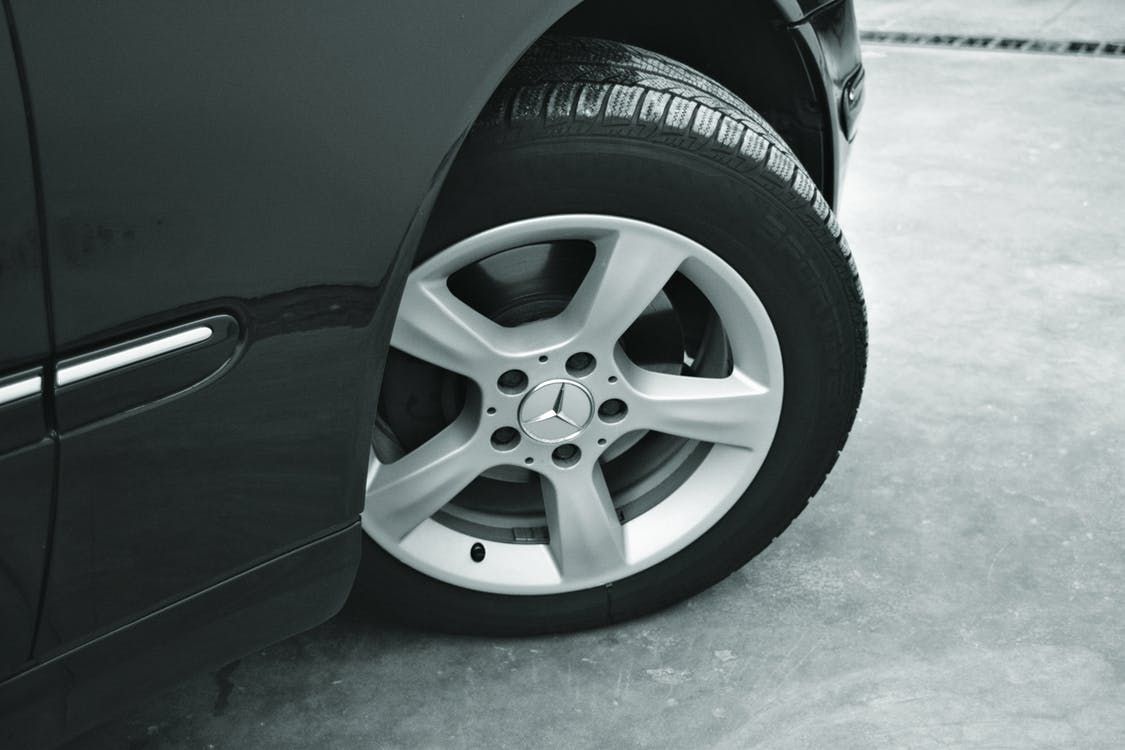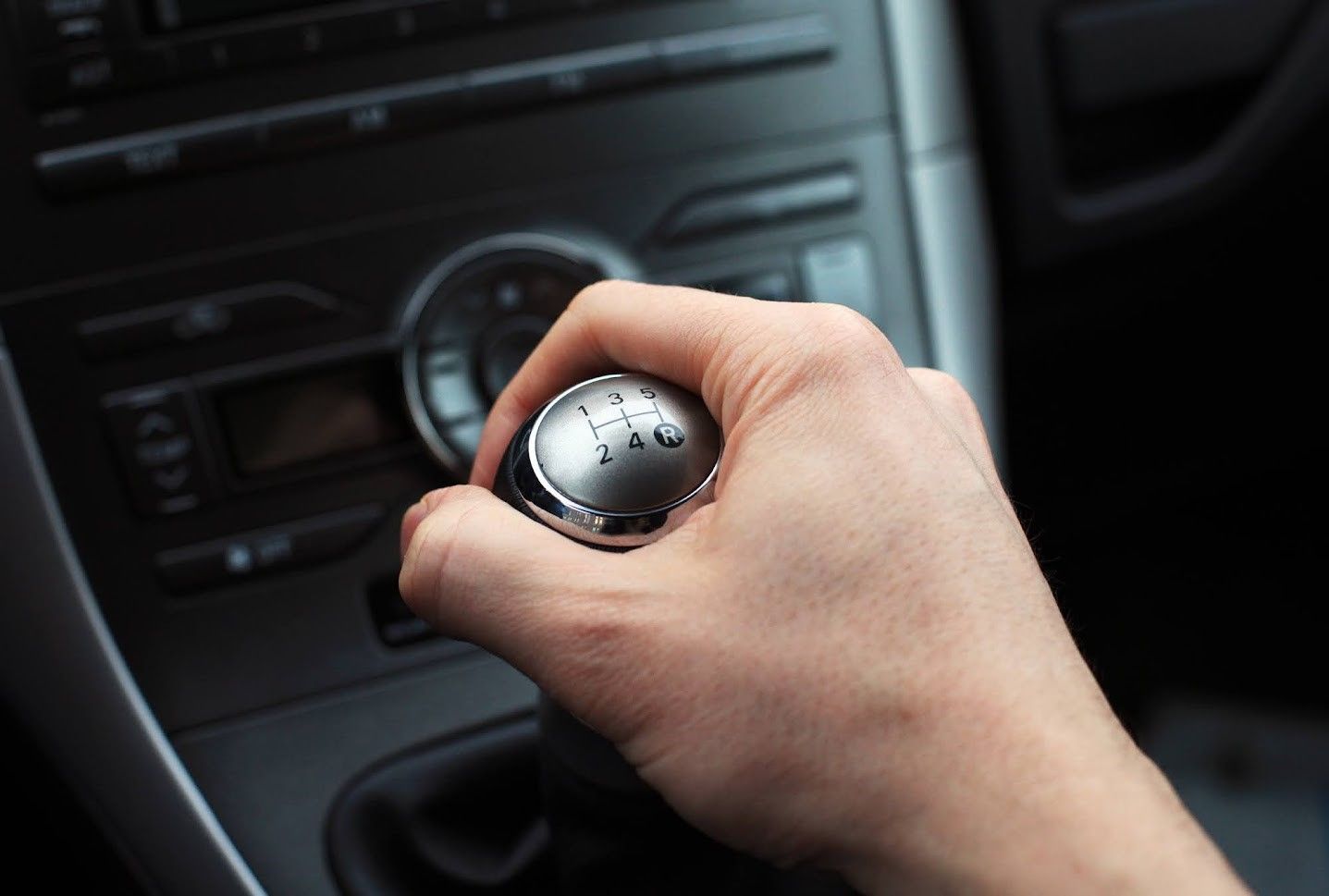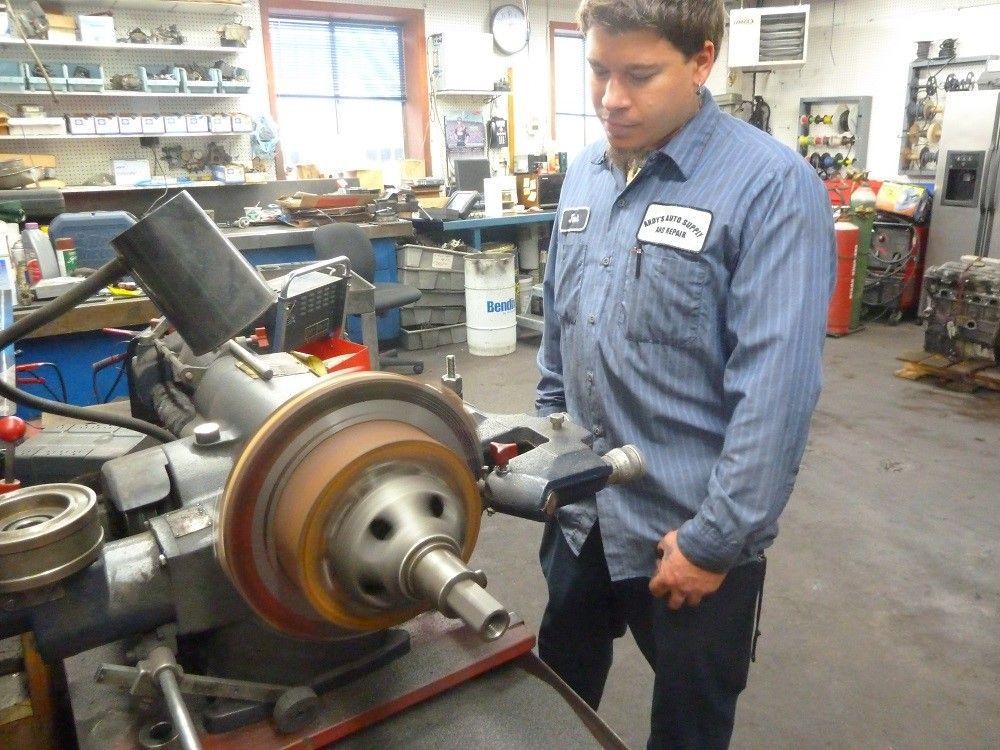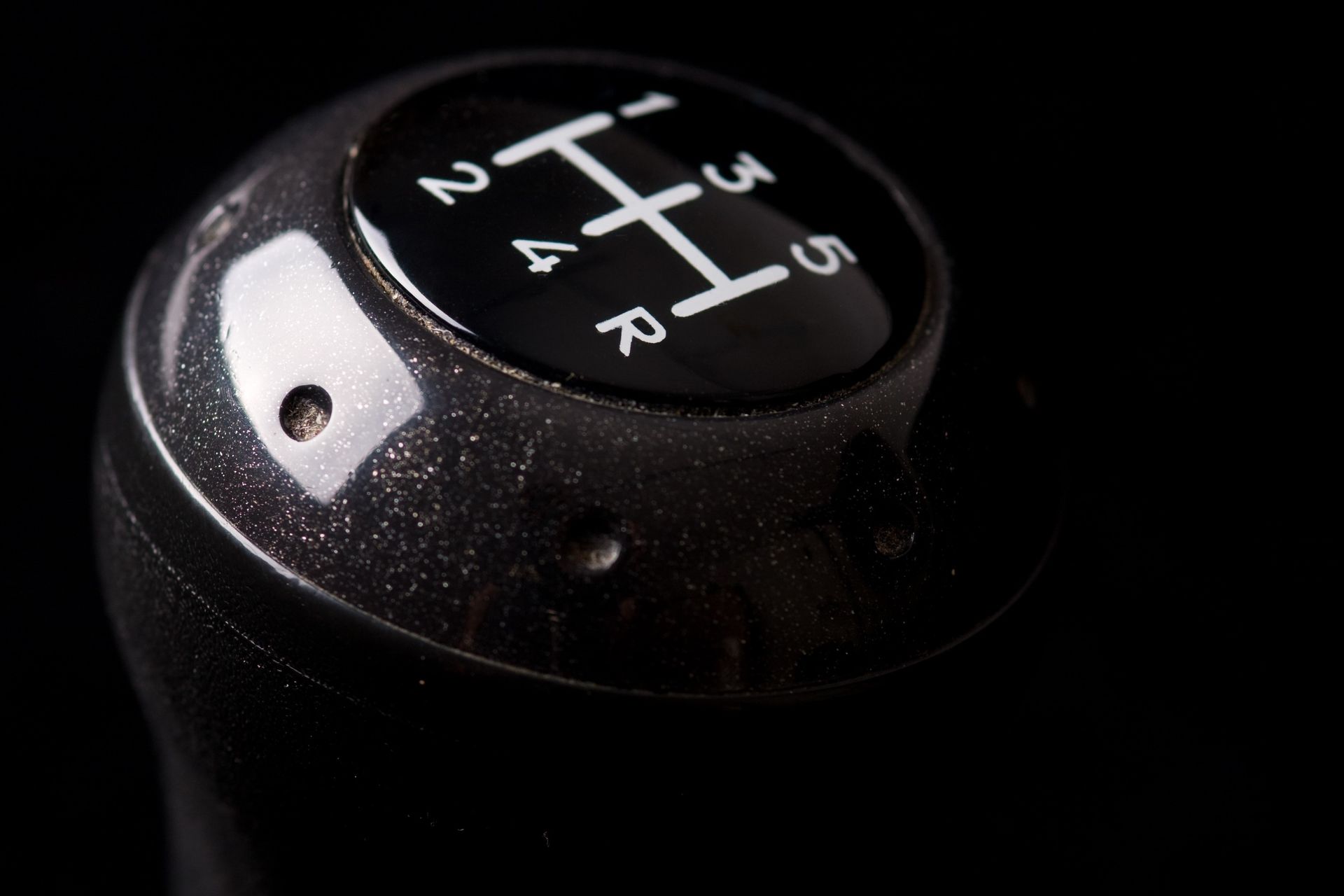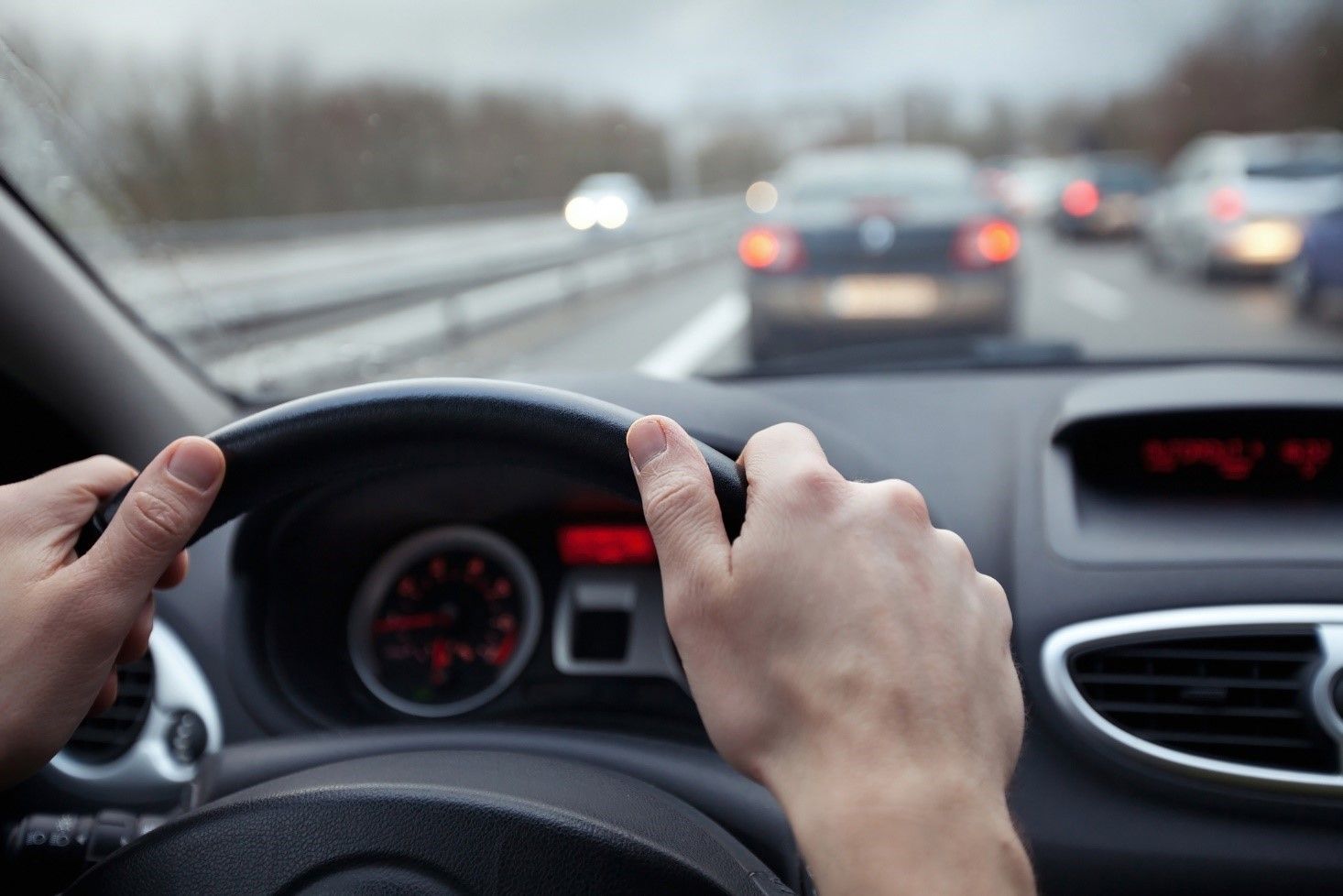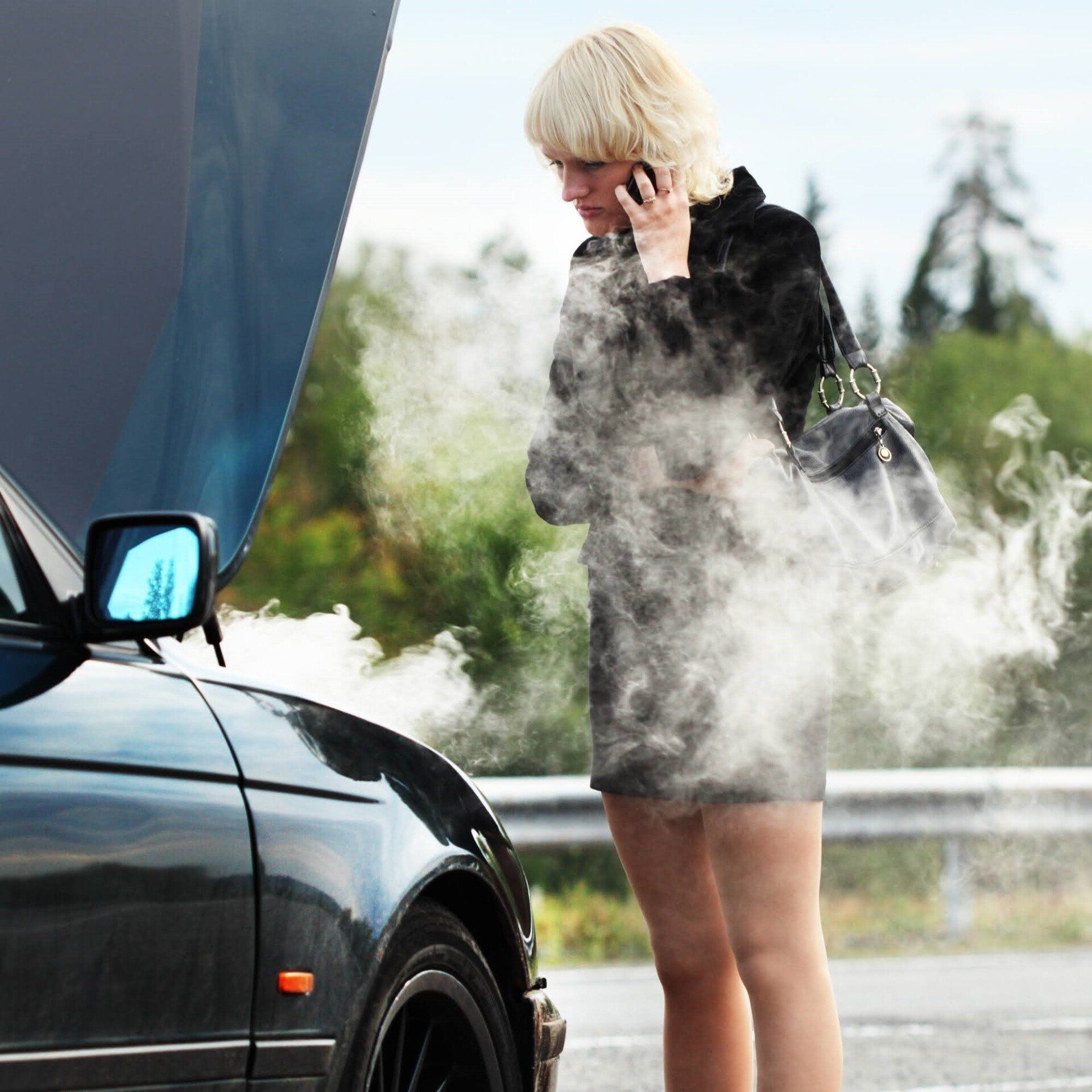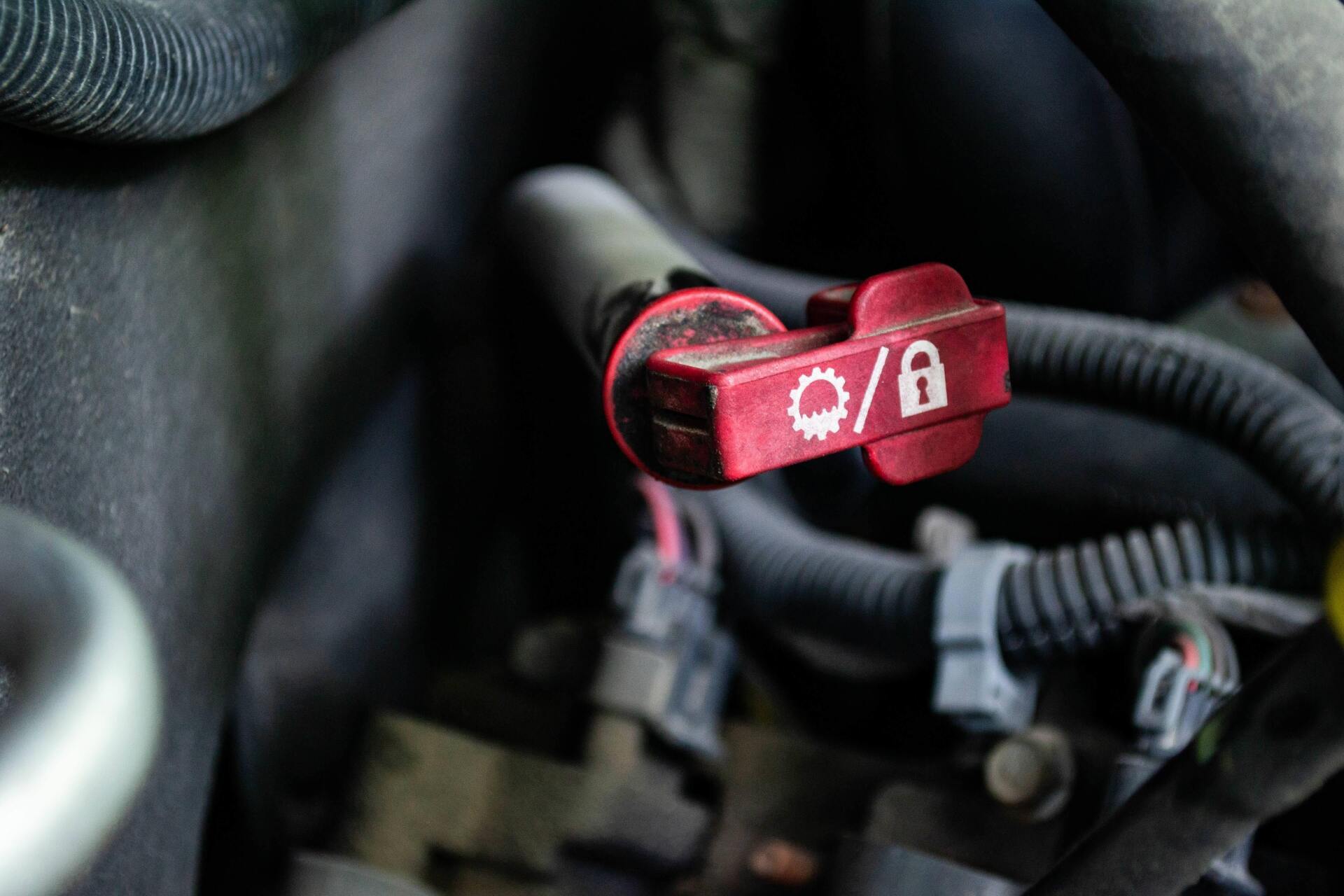Why Your ABS Warning Light Turns On
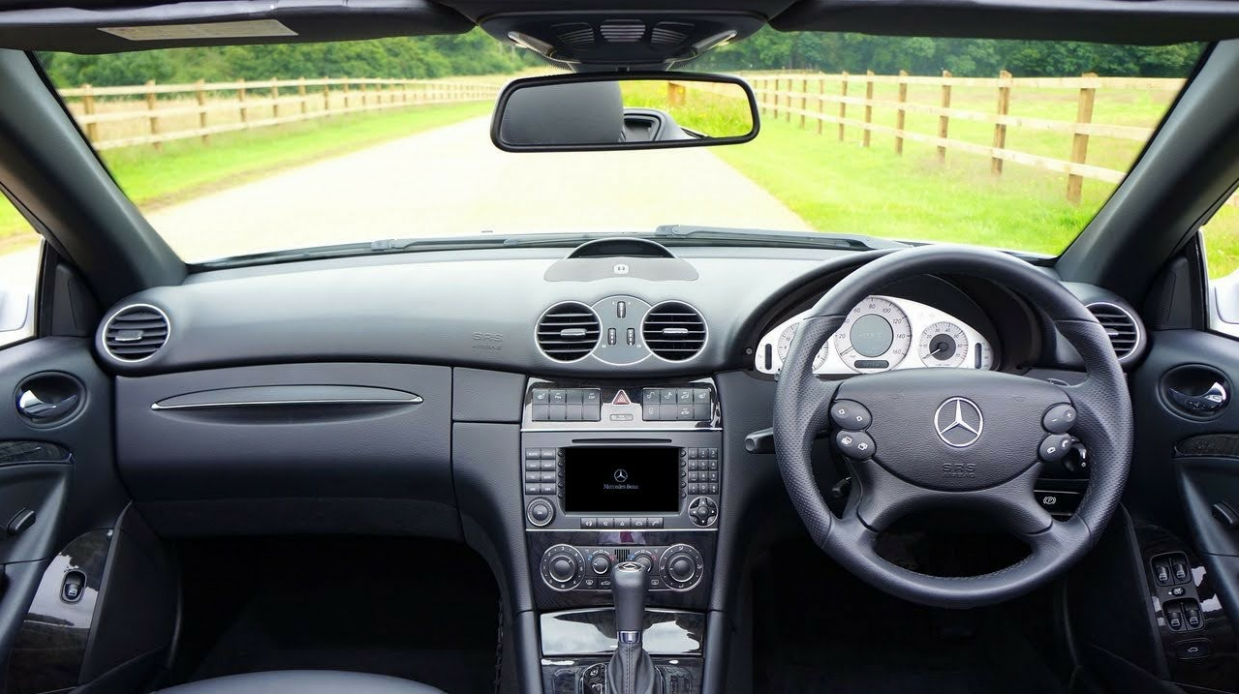
The anti-lock braking system (ABS) is among the most important parts that your car's control system monitors. Your car's ABS relies on sensors that send out warning signals if the wheels do not rotate at the same speed. These sensors obtain signals from all wheels and estimate the brake pedal's position when you drive.
If all mechanisms are in good shape, the car should retain its stability and make control easier. However, the ABS can sometimes send out a warning light on your dashboard. Learn more about why the ABS light comes on and the options available to you.
1. FAULTY ABS MODULE
The ABS works hand in hand with your vehicle's traction control system. Traction control ensures that the wheels maintain smooth motion while they spin. When the traction control system detects abnormal spinning, your car may turn itself off to correct the irregular wheel motion. This mechanism ensures that your car does not lose control in case you make an error while you drive.
The traction control and ABS systems use the same module that can sometimes throw off errors on your dashboard. If your ABS develops a problem, it might trigger the ABS light to come on. Other times, the traction control issue might be to blame if the ABS light is on.
Similarly, some components inside the module can break down. The connecting wires may wear out and limit signal transfer between the ABS, traction control or your car's computer systems.
A broken ABS module may have symptoms such as:
- Loud clicking noises when you apply the brakes
- Unexpected locking brakes, even when driving
- Less effective brakes
Your brake specialist may perform certain diagnostics to determine if the module needs basic rewiring or a complete replacement.
2. BAD WHEEL-SPEED SENSOR
Speed sensors monitor each wheel's speed and relay the data to your car's computer system. The computer will then send out signals to the traction control system to change pressure distribution between the wheels if it detects inconsistencies. This step allows for compensation in case a speed imbalance is in one or more wheels.
Unfortunately, a damaged or dirty speed sensor might not send accurate data to the central computer system. The car computer will then detect the inaccuracy and turn on the ABS light.
If you are in such a situation, your auto expert can help solve the problem. They could first check the brake fluid to determine if your car has enough of it. Next, they could examine the wheel speed sensor for any signs of damage or dirt build-up. If they do not find any worrying signs, your auto service expert will likely use a special computer to scan the braking and traction systems for other deep-rooted issues.
3. DETERIORATED HYDRAULIC PUMP
Hydraulic pumps are a crucial element of the braking system. These components generate the required pressure that the brake pads need to stop your car.
The hydraulic pump has to provide more force at higher speeds if you want to stop your car. But if one of the wheels spins faster than the rest, the car computer system will prompt the hydraulic pump to generate more brake pressure. This action ensures that all wheels maintain proper traction as the tires grip the road.
Eventually, the hydraulic pumps may begin to deteriorate after prolonged usage. A worn-out pump will trigger the ABS light to turn on as a warning that something is not right with your system.
If your ABS light stays on continuously or causes your car to lose its braking power, reach out to certified auto brake system experts like Stopmaster Brakes immediately.


